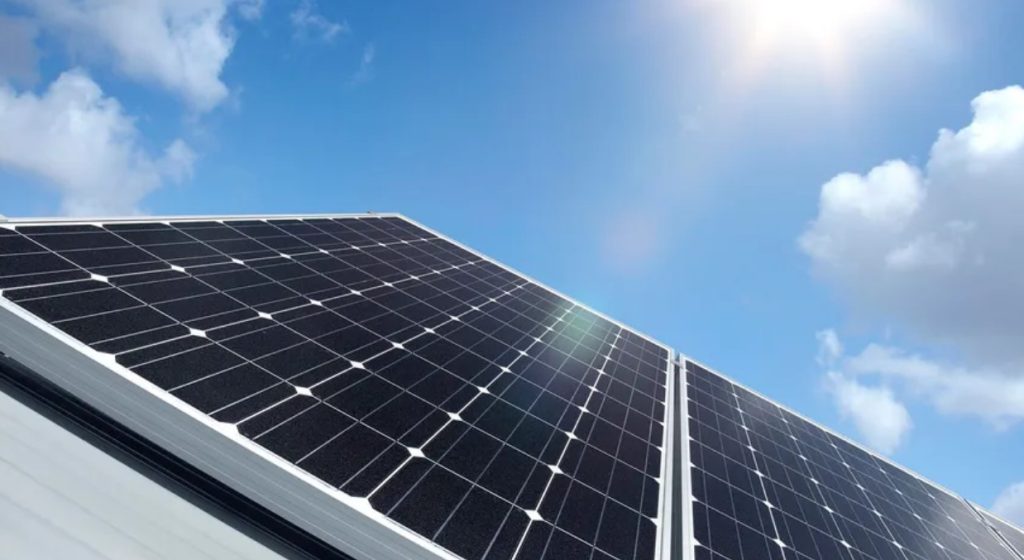
If you’re thinking about installing solar panels, you’ll want as much sunlight to reach those panels as possible. Whether it’s because of placement, obstacles like trees, or conditions like cloud cover, it’s reasonable to wonder if solar panels are worth the investment if they won’t directly face the sun at all times.
The truth is, while there are conditions that can affect how efficient solar panels can be, renewable energy technology can be made to work in most conditions. One important factor for how effective solar panels are has less to do with conditions and more to do with orientation and placement. If you’re considering installing rooftop solar panels on your house, this guide will help you determine the best angle and direction for your situation.
Why does solar panel placement matter?
Photovoltaic solar panels work by absorbing sunlight to create electrical charges, which can be turned into electricity. This all starts with the panels collecting solar radiation. This comes primarily from the sun directly, but can also come from sunlight reflected from surrounding areas.
Because the primary source of solar radiation will be direct sunlight, it’s important to properly orient your solar panels to maximize the exposure they have to the sun. Ideally, you want the sun’s rays to be perpendicular to the surface of your solar panel. It’s important to consider that this orientation will differ based on where you’re living and that the sun’s angle will change throughout the year.
The best direction for solar panels
When it comes to the best direction for your solar panels to face, you’ll want to consider which hemisphere you reside in. If you live north of the equator, the best option is for your solar panels to face south. This is because the sun shines directly over the equator, so when you’re facing your panels to the south while living north of that line, you’ll be maximizing your exposure to the sunlight over the course of the year.
The reverse is true if you live in the southern hemisphere; you should orient your solar panels facing north so they will be exposed to sunlight all throughout the year.
While the north- or south-facing strategy is best for year-round solar production, there are strategies for maximizing your solar energy during peak hours. If your utility provider uses time-of-use pricing, which charges a premium for electricity used during peak hours, you can mitigate these costs with west-facing panels, which have been found to generate as much as 50% more energy during peak hours than south-facing alternatives.
The best angle for solar panels
Orientation isn’t the only thing that matters, of course. The angle at which your solar panels are set can also impact their effectiveness. The goal is to get the sun’s light to hit your panels at a perpendicular angle, which results in the highest level of solar production. The angel of the panels can typically be modified during installation, though some roof types may limit this ability.
A common rule of thumb for finding the best angle for solar panels is to set the tilt to the same angle as your geographical latitude. If you are located at 40 degrees latitude, then select a 40 degree angle for your solar panels.
During the winter, it’s recommended to give the panels a tilt 15 degrees higher than the geographical latitude. This optimizes performance through the winter months.
Finding the ideal orientation and angle for installing your solar panels will help to improve the overall efficiency and energy production they are capable of achieving. But don’t get caught up in trying to have the perfect setup. No matter what region you live in or how your panels need to be aligned, you’ll likely find that having solar panels provides a major benefit to your home.





























